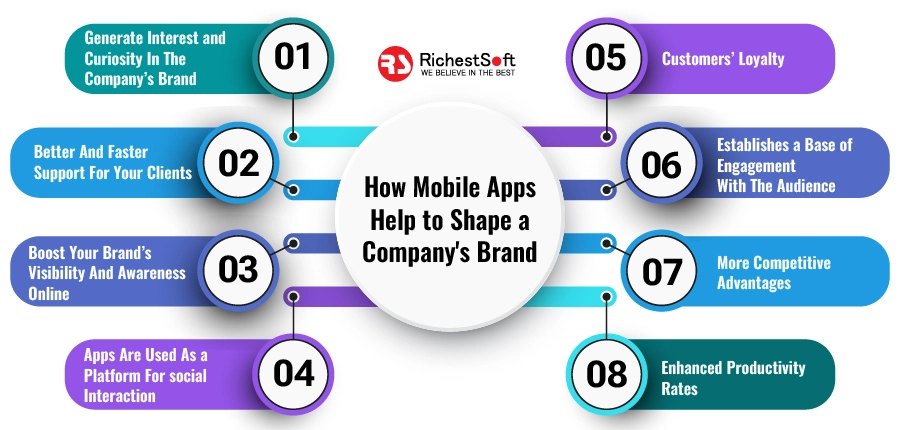According to industry analysis, embedded market size will exceed 100 Bn USD with growth in CAGR of over 6% in the next 5 years. This clearly indicates that the number of embedded products are restlessly growing.
However, we are aware that embedded systems have become a part of human life, though they are engineered with less human intervention.
For a successful product to sustain in the market, a well-defined embedded software development and system design process is the key. If you are interested in developing a product, you will probably find this article useful with the key steps involved in embedded products.
Dive in further to understand what an embedded system is and learn the steps in the embedded system design process.
What is an Embedded Systems?
In simple terms, an embedded system is a microprocessor-based system with a combination of hardware and software to perform functions dedicated within a larger mechanical system. A stand-alone device that runs with or without an operating system is designed to perform simple and complex tasks on the devices.
Most of the embedded devices are running with OS and are programmed before manufacturing.
For example, fitness trackers; these are embedded systems but the software can be updated later by connecting it with a computer system.
Therefore, the design process of embedded systems is typically a hardware system with a firmware embedded in it. Let’s read about how an embedded system is designed.
What Does the Embedded Systems Design Process Look Like?
There are multiple devices like TV remote control, network of sensors, etc that cannot work without the right embedded system.
However, to design the right embedded system, you need to follow the below steps.
Project Requirements
The first step is to discuss the idea with the stakeholders and identify if the product is worth proceeding further to the development stage or not.
Understanding the customer’s pain point, competitor analysis, and market research should be the next step.
However, remember that any embedded product aims to serve the requirements of the users with its functionality. So, site the issues and work on them before jumping to the next step.
Technical Specifications & Designing
A precise technical specification and system architecture is needed to develop a product. It includes the purpose of the product, block diagram, feature set, hardware and software requirements, and so on.
Along with technical analysis, you can architect the design. To ensure the design works smoothly, a combination of hardware and software components can lead to great performance.
From the hardware part, selecting the suitable components for each block is necessary to ensure the power, quality, size, cost, and lifespan.
Designing
And, when designing is concerned, the technicalities are considered a priority. It is best understood by creating a prototype of your embedded product to check its feasibility.
To address the functional issues and features, a prototype model can improve the quality and help you give the final version of the product for production.
SEE ALSO: Not familiar with these nuances? Contact our Embedded system design specialists to help you with the designing from scratch.
Embedded Software
Have you ever wondered what is responsible for a power and performance optimized embedded device?
Firmware & Device Drivers!
Everyone must have come across Firmware update notifications with an alert to keep the device plugged in or have at least 50% of battery power.
There are times where you face some issues related to accessory functioning and find the solution by updating the device driver.
So basically, firmware and device drivers are related to the hardware on our system where firmware is independent of an OS and device drivers are highly dependent on the OS.
Though firmware needs BIOS/UEFI to update the device drivers, as they run directly on the hardware and cannot be updated through an OS.
On the contrary, device drivers are updated within the OS and run on a hard disk.
What Next?
What do you need if you want a software to be built in the form of layers?
Middleware!
It is a subclass of software that connects two software. This enables connectivity between two devices in a distributed network like application servers, transaction processing monitors, etc.
Examples of middleware include APIs like REST APIs- web services middleware, distributed system middleware, and cross platform support middleware.
Testing & Certification
Before the embedded system device is approved for mass manufacturing, it has to pass through stringent tests.
There are certain trials tested in the lab and in the field to pass the functionality check. Even the circuit is tested for its reliability.
Certify pre-compliance tests for EMI/EME, Safety. Regulatory certification like FCC, CR, UL, and environmental tests.
However, if you hire an embedded software developer, the product can be tested accurately and certified to proceed further to the final step.
Mass Production
After all the changes required after testing, it’s time to assemble the product and keep it ready for mass production.
This process further involves packaging & shipment, production support, post maintenance, etc.
However, according to the features of the product and the countries you target to sell your product, various other certifications are required.
Therefore, with all the above mentioned steps, we ensure a successful embedded system design of the product.
Let us now have a quick glance towards the examples of embedded systems.
Applications of Embedded Systems – Examples
There are multiple examples of embedded system applications that revolve around our daily life. Here are a few.

Download Ebook
Study the Application Development Cost
A complete understanding of the factors that are affected while developing an app.

Want to Create Embedded Solutions?
It’s good to live in a world where machines can control more than you. The process of embedded system designing has become a vital part of every product in the business.
As the functionality of the embedded systems becomes complex with the size of devices, the embedded systems design process becomes challenging.
However, a reliable provider has a team of hardware and software engineers with in-depth knowledge of embedded platforms, devices, tech stacks and protocols. And you can trust only a qualified provider like us to build embedded systems security.
If you have an idea to develop a product and are stuck with how to design, we can help you with the best embedded solutions from designing to embedded systems development.
FAQs
An embedded operating system is the heart of a product that defines the functionality of the product. It is engineered to improve the performance and efficiency of controlling hardware resources. It is basically a microprocessor to control something in the product.
As such, there are several types of embedded operating systems found in different embedded systems. But, most importantly, Android, Linux and RTOS are the OS typically found in embedded systems.
Embedded systems programming requires a wide range of tools and OS for operation. It is programming in the embedded system that allows a permitted interface provided by that system. C++, Java, Python are some of the examples of programming languages used in embedded systems.
An embedded system design process is how a hardware developer determines the small computerized components with the hardware to build an embedded product.
The real-time modern embedded systems need design methodology. Though they are complex, if you hire an embedded software developer, the functional specifications will be well taken into consideration. It helps in designing large design systems.
The basic requirements to design that are involved in the steps of embedded system design process are as follows:
– Abstraction
– Hardware – Software Architecture
– Extra Functional Properties
– Mapping
– User Interface Design
– Refinement
The design process of embedded systems faces constraints like performance, time, cost, and power. Although, different optimization techniques will help overcome the constraints.






Leave a Reply